With the skyrocketing cost of housing in Canada’s urban centres, many people are looking at cheaper alternatives. Homeowners are taking in roommates, putting their homes on AirBnB and moving out of urban areas to try and keep costs down.
And there are a number of unusual housing trends that are also attracting the attention of both buyers and renters. Most of these trends are already found in Canada and are growing in popularity. Would you consider any of these as a place to call home?
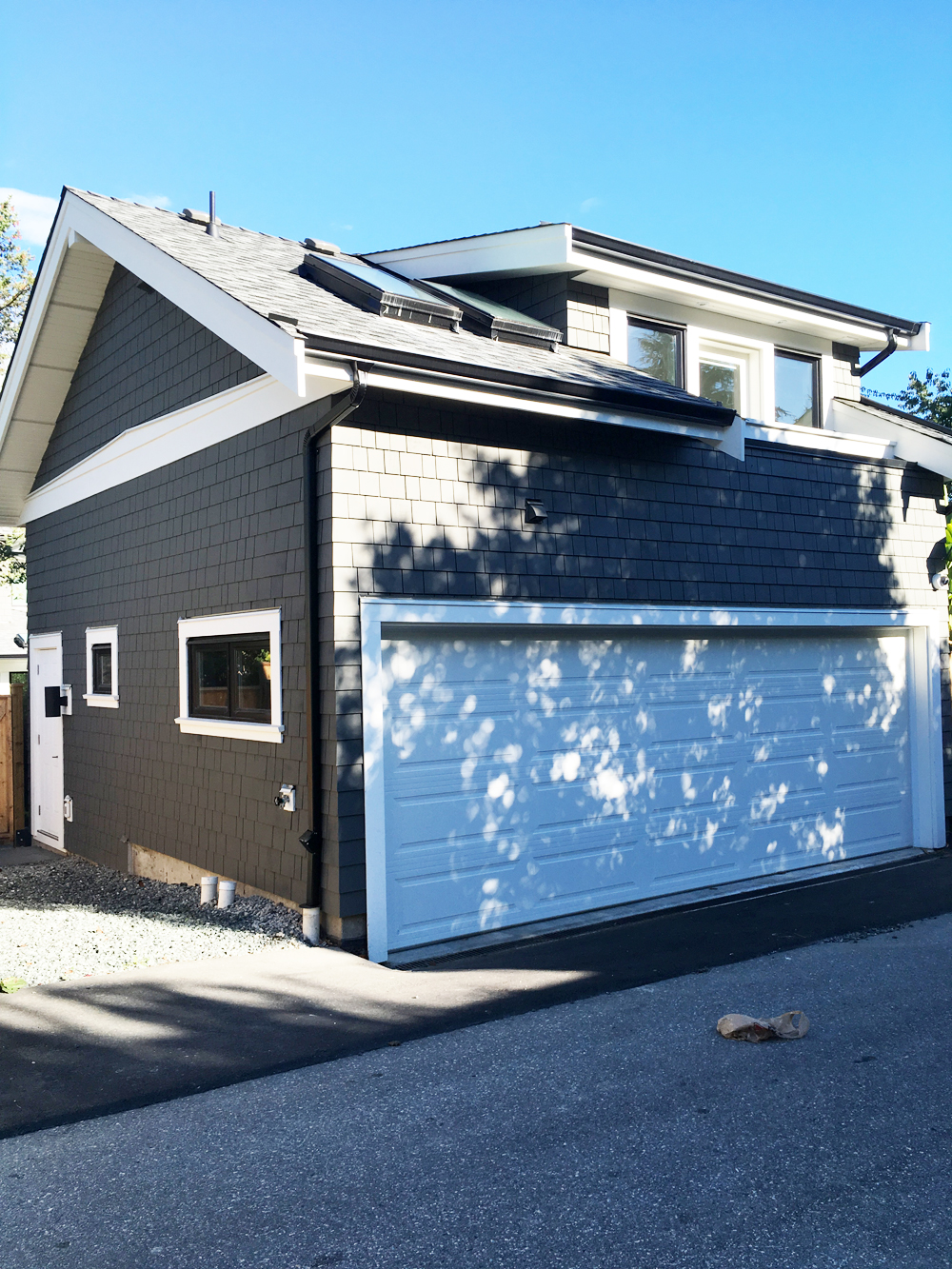
1. Laneway Houses
They’re big in BC, and their popularity is spreading. Laneway houses are smaller homes that are on existing lots. They can range from converted garages to newly built buildings in a backyard. Most are accessed from a back lane, hence their name.
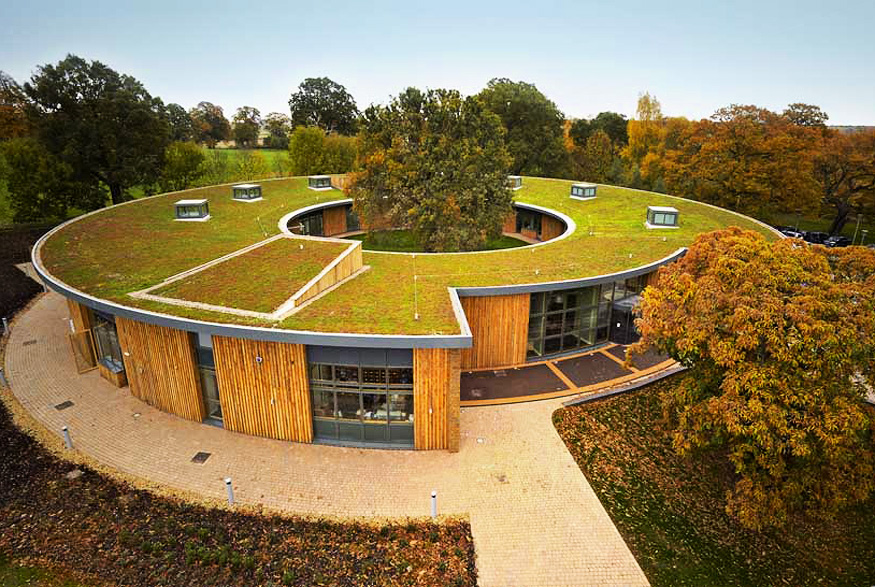
2. Green Roof Homes
Sustainability and being eco-friendly is a priority for many homeowners. Green roof homes are basically homes with a living roof that provides insulation, is good for the environment and is a place where you can grow food.

3. Shipping Container Homes
Would you believe that the home pictured here is actually made from seven shipping containers? The 3-bedroom house has everything a modern home has, including 2.5 bathrooms. The main benefit of shipping container homes is a low cost for the basic framework, leaving more money to transform big metal boxes into a comfortable home.
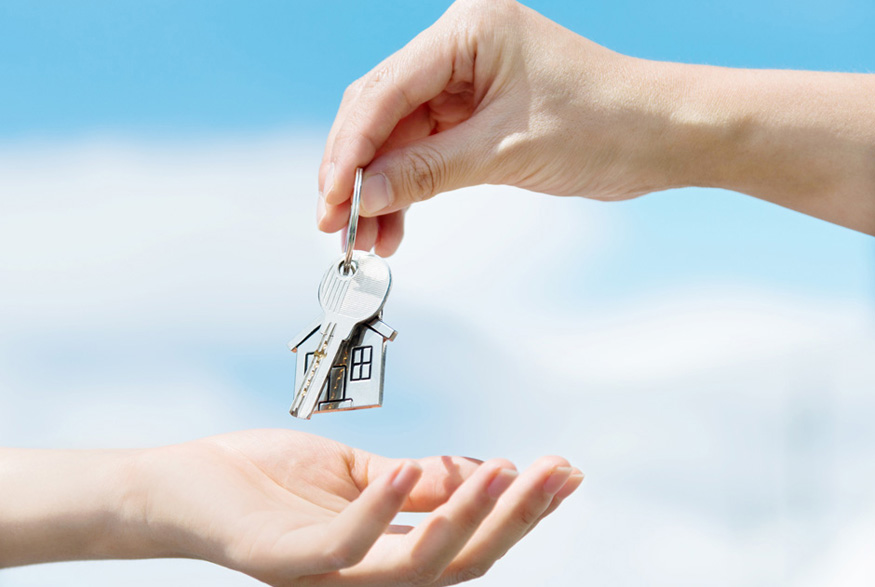
4. Co-Ownership
reports that co-ownership is on the rise, thanks to the explosive growth in the cost of housing in Canada’s major cities. Co-ownership is simply that: several people pitch in to buy a home together – and then share it. Like with roommates, sometimes is works, sometimes it doesn’t.
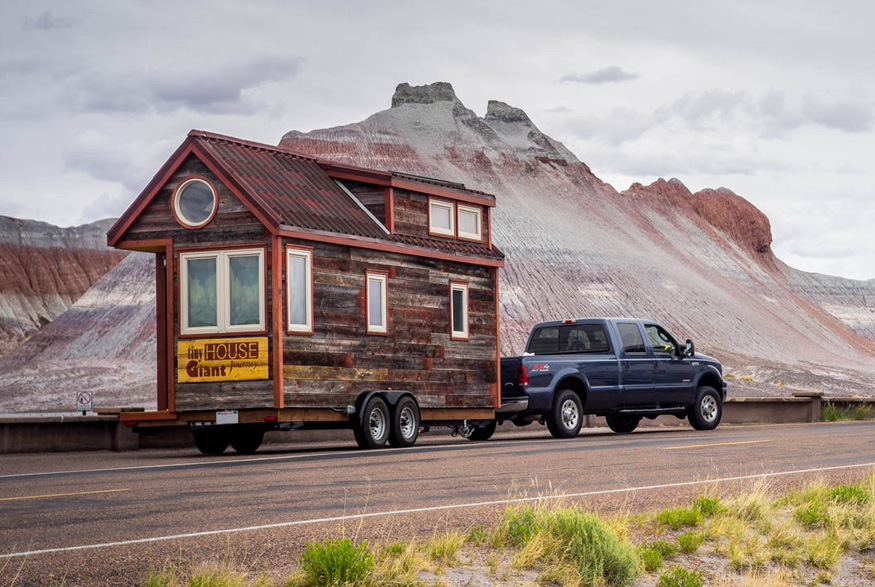
5. Tiny Houses
Tiny Houses are huge. They’re small (really small), cheap and you can stick ’em on a trailer. You won’t have room for a huge family or a large dog, but you’ll have a nifty little spot that you can drag around with you or plop on a cheap lot.
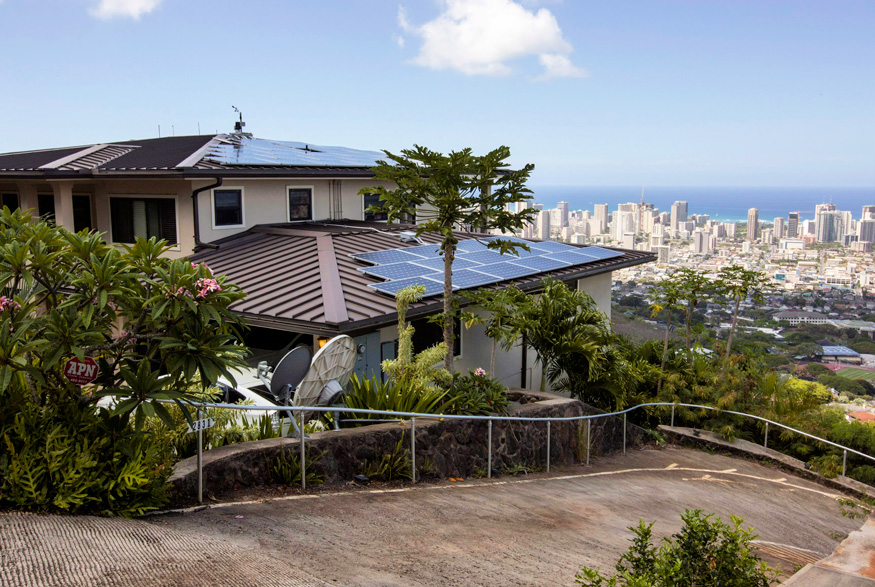
6. Off-Grid Homes
Going off-grid is a big trend these days. The idea is that you can have a fully featured home and not be dependent on the electrical grid for power. Off-grid homes generate power from the sun, the wind and some even use small turbines in a nearby river. In some cases you can actually make money from your off-grid home by selling power back to the hydro utility.

7. Passive Houses
Passive houses are built to be incredibly energy efficient. Regular homes can lose 25% of their energy because of poor efficiency, reports Mental Floss. These homes can do more than help you save on energy costs. Because they’re sealed so tight, they make great homes for people with allergies – air enters the house through a ventilator that filters out allergens.
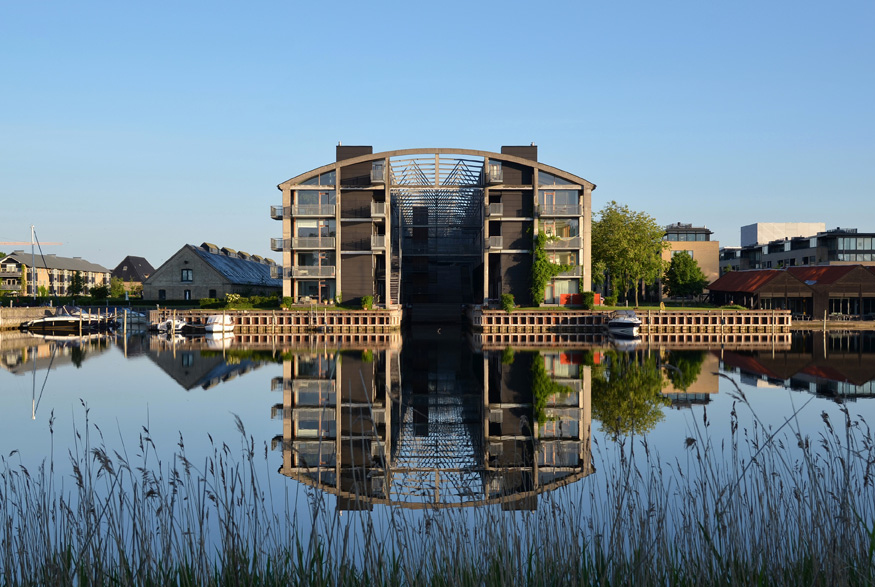
8. Adaptive Reuse Homes
Adaptive reuse is taking an old building and adapting it for a new use. While most examples of adaptive reuse are for commercial uses, we’re beginning to see more old buildings (say, a factory) being turned into housing. It’s a way to build something new without starting from scratch.
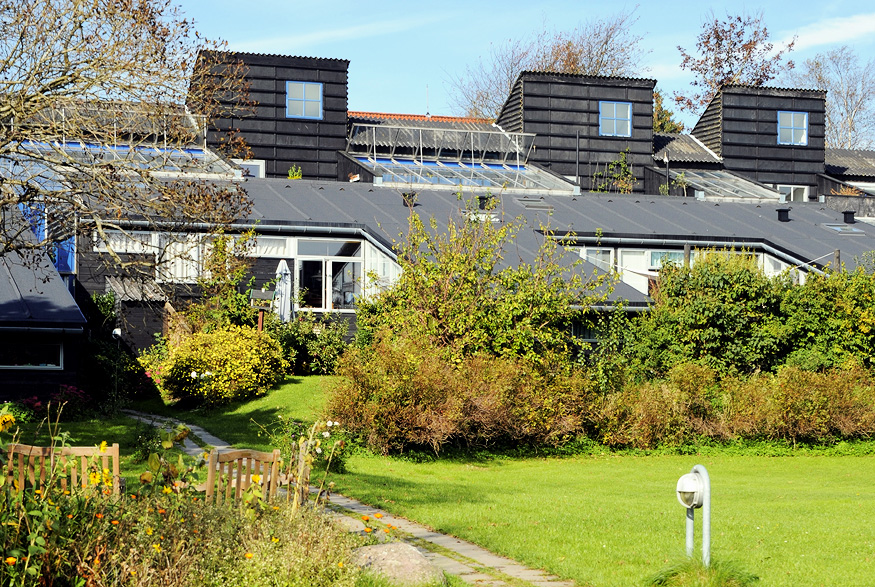
9. Co-Housing
According to Mental Floss, co-housing is basically a community of people that share responsibilities in a housing project. More than that, residents look after each other’s children and tend to the sick. It’s pretty much a modern commune. They’re more popular in Europe, but developers on this side of the pond are taking notice.
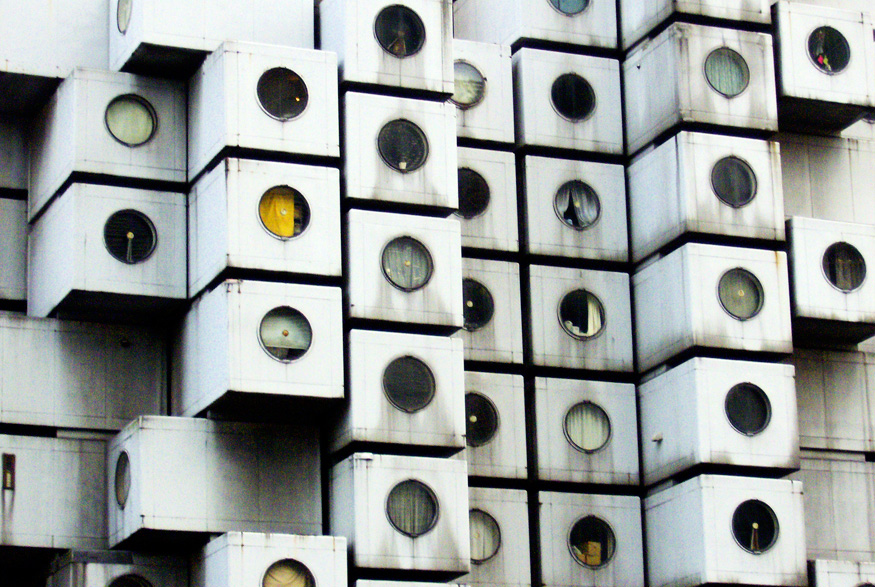
10. Micro-Apartments
Tiny house too big for you? How about a micro-apartment? This trend has been around for a while in Asia and is spreading to North America. Mental Floss reports that a micro-apartment development is planned for New York City. For $2000-3000 a month you’ll get your very own 300-sq.ft. apartment.
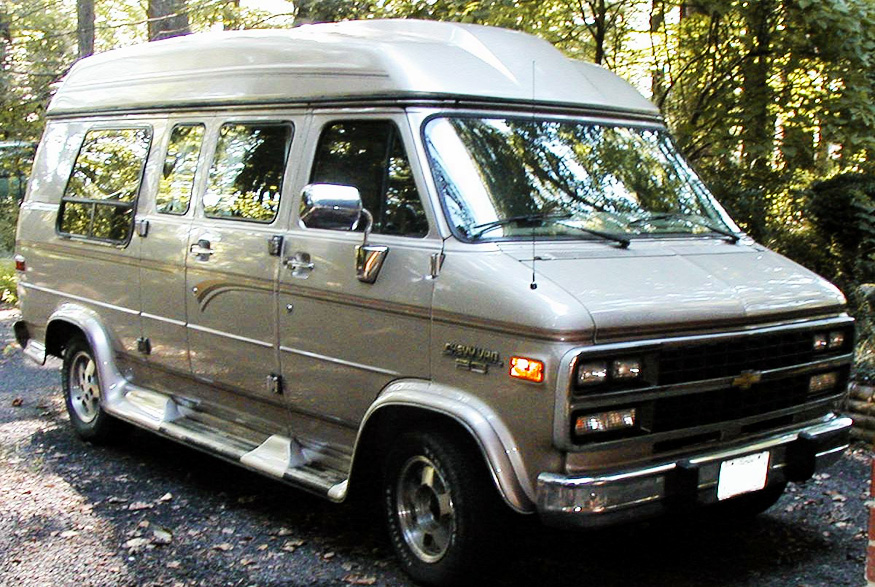
11. Vehicle Conversions
There was a time when living in a converted van or bus meant that you were down on your luck. These days, conversions are a sign of freedom. The are dozens of YouTube channels dedicated to converting vans and buses into comfortable rolling homes. Is the road calling you?

12. Kit Houses
The idea of kit houses has been around for decades. For example, the house pictured is a 1932 Sears Roebuck kit house. The idea is simple: you order the house and put it together.
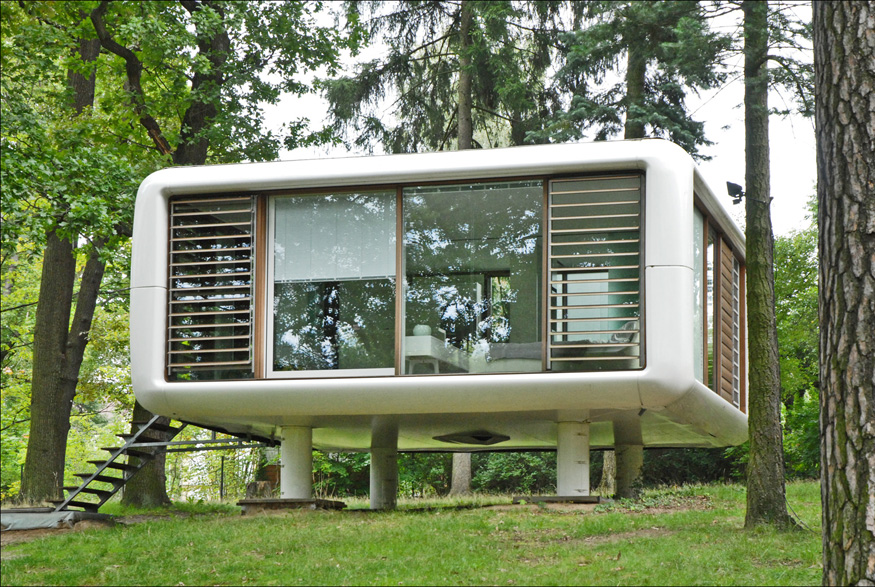
13. Urban Rooftop Homes
This one is on the ground, but imagine it on the roof of an office building, shopping mall or factory. That’s the thinking behind urban rooftop homes: building a home on an existing building. They can be pre-fabricated (as pictured) or built from scratch.

14. Beach Huts
Beach huts are better suited to warmer climes, but with a little planning (and insulation) you can turn a simple structure into what is essentially a cheap version of a tiny home, but on a beach. Make sure you investigate local rules and regulations first!
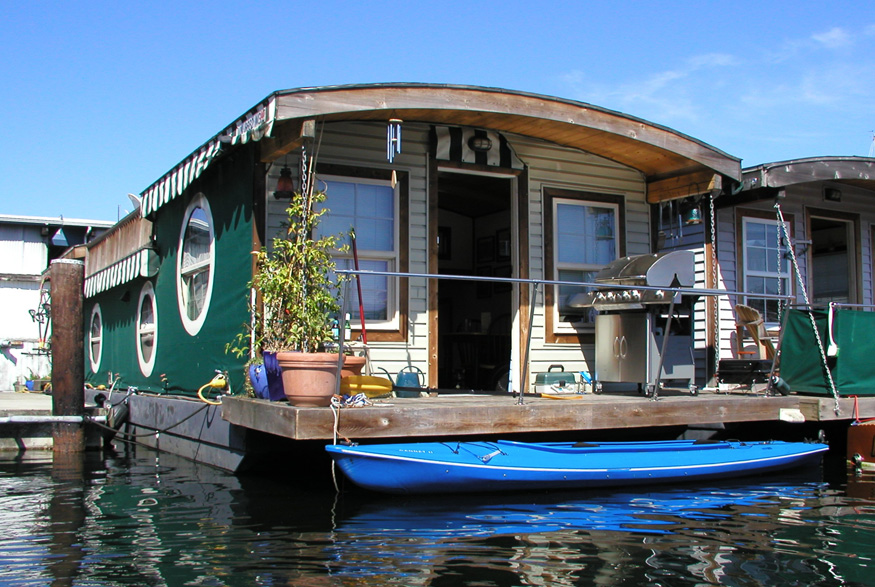
15. Houseboats
Popular in places like Vancouver, it can be much cheaper to own a floating home. The added benefits are living in the heart of the city and the ability to tow it somewhere else.
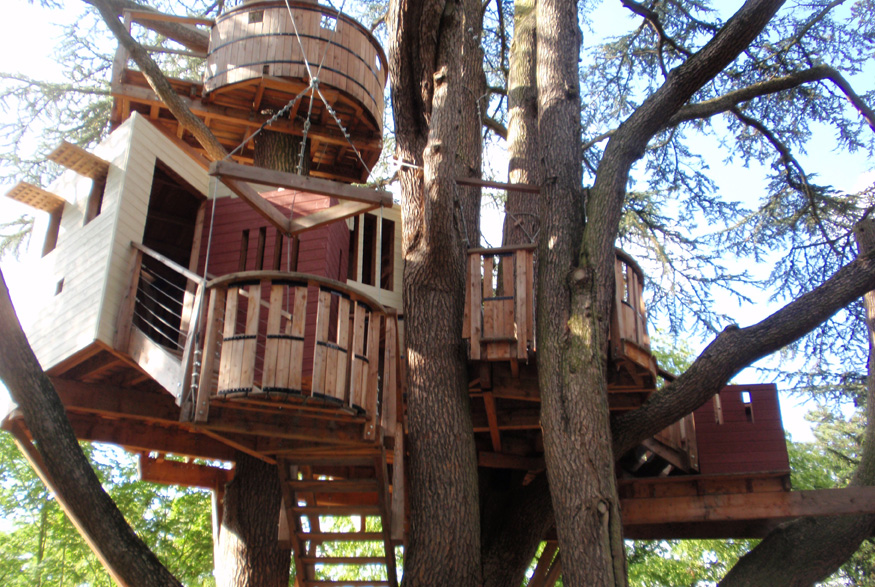
16. Tree Houses
You may think tree houses are just for kids. But some people are taking the concept and adding all the mod cons to create a real, livable house. Tree houses aren’t that popular yet, but they certainly could be if our cities run out of room for traditional housing. Also: it’s a tree house!!
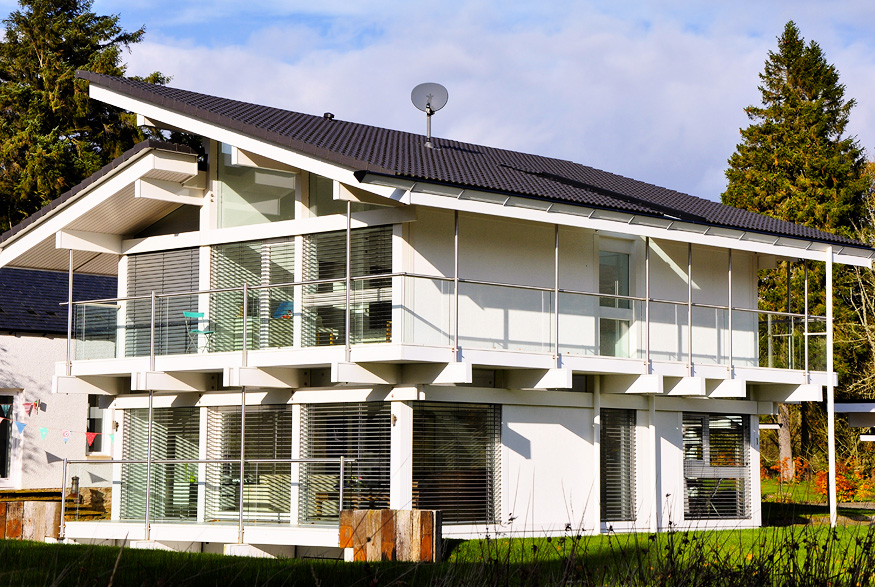
17. Modular and Pre-Fab Homes
Another way to bring down the cost of housing is to opt for a modular or pre-fabricated home. The price is lower, but you’ll have to invest some elbow grease.

18. Cabins
For those that work from home, a cabin in the woods can be just the solution to expensive city living. You can buy a serviced cabin and land for a song and enjoy the peace and quiet your natural surroundings.
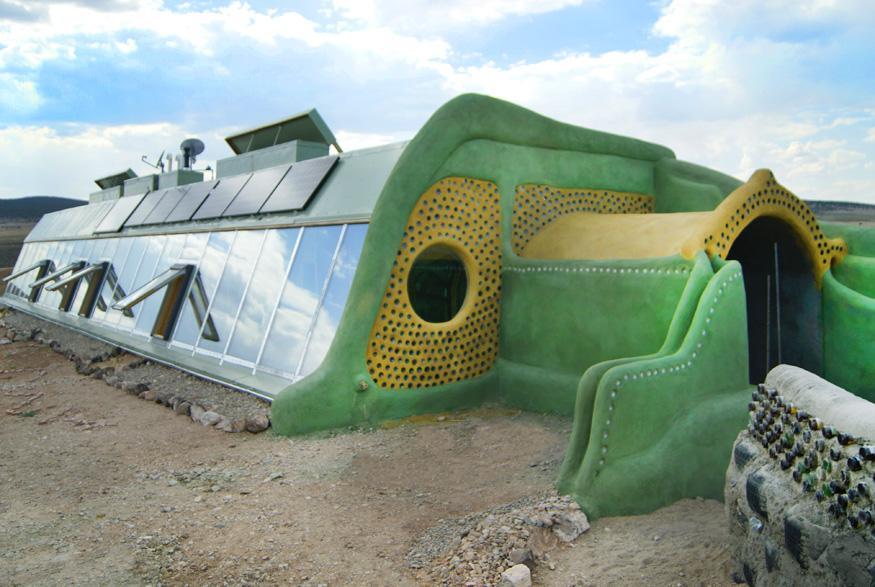
19. Earthships
Earthships are designed to be the pinnacle of sustainability. According to Earthship.com, there are six design principles:
Earthships use thermal/solar heating and cooling, they produce their own electricity, they use and reuse all household sewage, they’re built with natural and recycled materials, they harvest water and assist in food production. While most earthships are built in warmer climates, several have been built in Canada.

20. Housesitting
No rent. No bills. No mortgage. That’s the beauty of house sitting. Travel the world living in other peoples’ homes and save a ton of money. All you have to do is look after the pets and make sure the house doesn’t burn down. What could be easier than that?
HGTV your inbox.
By clicking "SIGN UP” you agree to receive emails from HGTV and accept Corus' Terms of Use and Corus' Privacy Policy.





